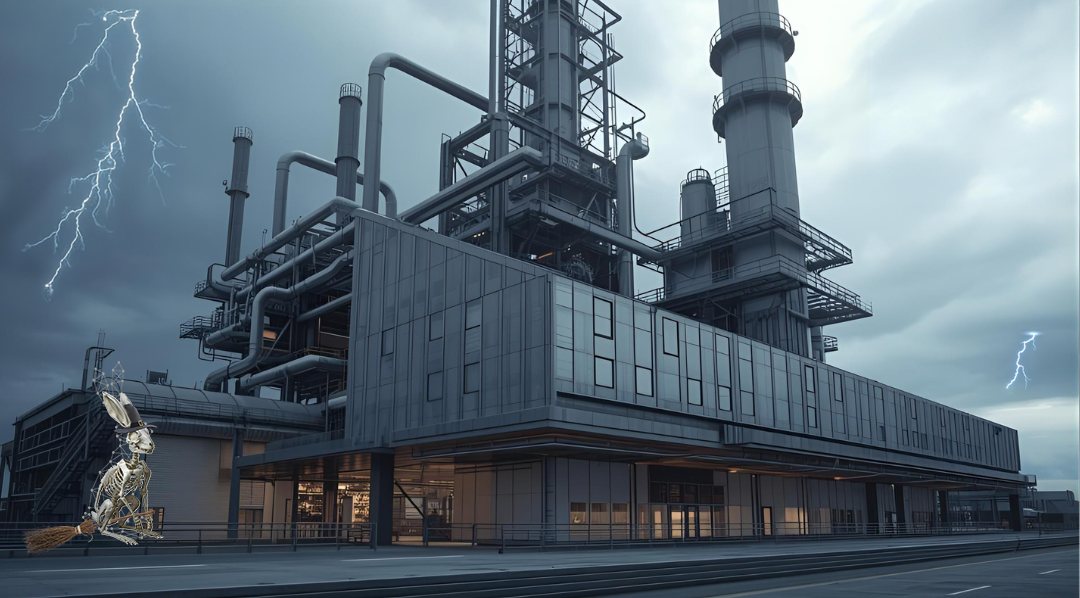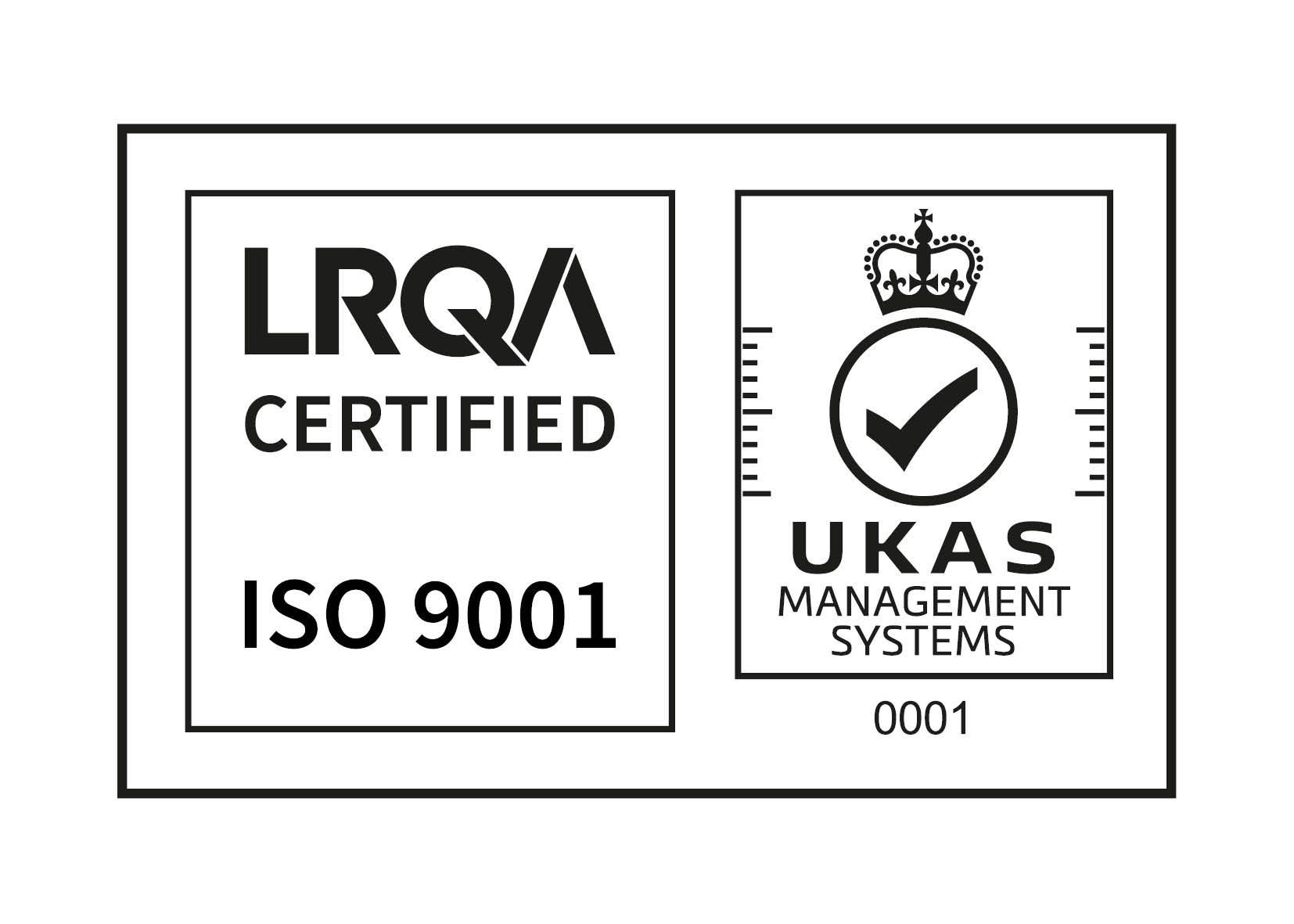Follow the (Digital) Bunny Trail: How Smart Engineering Drawings Help You Navigate Complex Sites

Follow the (Digital) Bunny Trail: How Smart Engineering Drawings Help You Navigate Complex Sites
Date: 16th April 2025
It’s Easter season – and while the kids are out hunting for chocolate, many engineers are facing their own version of an egg hunt.
Because when something goes wrong on-site, tracking down the latest P&ID or figuring out where a specific valve is located often feels like following a trail of half-eaten clues. And in high-risk environments like chemical plants, there’s no time to waste.
So how do you turn that confusing paper trail into a clear, accurate path from problem to solution?
Let’s talk about how smart engineering drawings and 3D models can help.
The classic egg hunt… Why traditional documentation falls short
A lot of teams are still relying on outdated, inconsistent, or incomplete documentation. Drawings live in different folders (or filing cabinets), updates don’t always get shared, and what’s on paper doesn’t match what’s on site. When it comes to maintenance or incident response, you’re stuck relying on local knowledge – and hoping the person who “just knows where everything is” isn’t off sick that day.
If you’re managing a complex facility, you need more than intuition. You need information you can trust.
Why accurate site data matters
It’s at this point that smart documentation shifts from ‘nice-to-have’ to ‘critical’.
By laser scanning your site and creating a digital twin, you get more than just a snapshot of your facility – you get a detailed, interactive map of your plant as it really exists today. Not as it was built. Not as someone remembers it. But as it physically stands, right now. Every valve. Every access platform. Every pipe.
This data is captured quickly and safely, without needing to shut the plant down. And once it’s scanned, it can be turned into accurate GA drawings, updated P&IDs, and 3D models that show every connection and interaction across the system. It’s especially useful for complex sites where years of small changes have added up to a confusing mess of undocumented tweaks.
Even better, once these drawings and models are in place, they’re easy to update. So when modifications happen in the future, you’re not starting from scratch - you’re working from a reliable baseline that’s already doing half the heavy lifting.
This isn’t about flashy visuals or pretty pictures. It’s about creating a single source of truth your team can rely on, whether you’re reviewing a design, planning maintenance, or prepping for a shutdown.
How better drawings improve decision-making
Think of your updated drawings and models like a digital easter egg trail – leading your engineers, fabricators, and HSE teams straight to the answers they need.
Let’s say you’re trying to isolate a pipework section for maintenance. Instead of checking three different drawings, walking the site twice, and calling someone who might remember how it was rerouted during that job three years ago, you can:
Open the model.- See exactly how that section connects to the rest of the plant.
- Check which valves need to be closed.
- Identify the safest and fastest access points.
It cuts down the time it takes to make decisions. It reduces the risk of error. And it means you can plan interventions with confidence – not crossed fingers.
We’ve seen it save clients tens of thousands in reduced downtime, smoother shutdowns, and faster approvals. It’s also a game-changer for training and onboarding. Instead of trying to memorise outdated drawings, new staff can walk through the plant virtually, understand the layout, and see how everything links together.
In an industry where time really is money – and mistakes can cost even more – having instant access to reliable site data isn’t just helpful. It’s essential.
Engineering clarity is not just for Easter
In a perfect world, everything on your site would be labelled, logged, and digitised. But most facilities evolve. Equipment gets moved. Pipework gets tweaked. And those little changes often don’t make it back to the drawings.
That’s why we start every project by asking the right questions and scanning what’s actually there - not what someone thinks is there. It’s a simple shift that saves time, money, and a lot of headaches later on.
Want to stop hunting for the right drawing?
Let’s make your site easier to navigate with models that reflect reality and give your team the confidence to act fast. Book a call with us today to get started.




